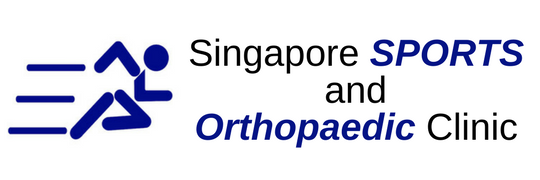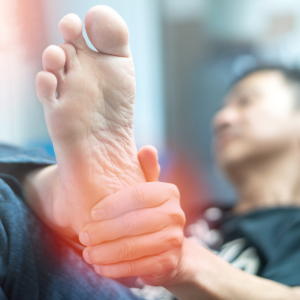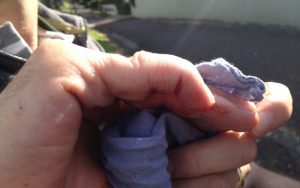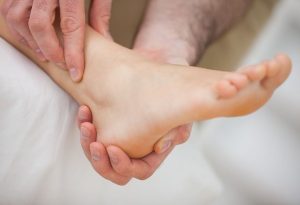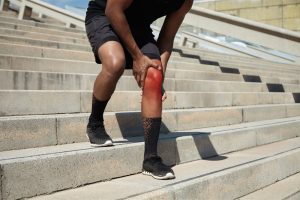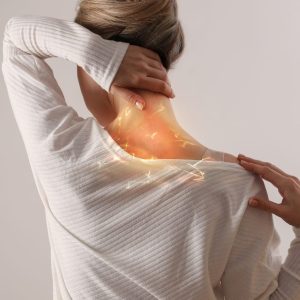The biceps brachii or commonly know as biceps are a two headed muscle that lies between the shoulder and the elbow. Its role is to function as a tool to facilitate bending of the elbow and the rotating of the forearm. A strong biceps muscle will also help to stabilise the entire shoulder. Biceps are attached to the bones by biceps tendons and if the tendons are injured, the attachment capability is severely reduced. This will result in an eventual loss of strength and the inability to rotate the forearm. Biceps tendon tears are rather common injuries especially at the elbow. Injuries to the biceps tendon will cause impairment due to the wide usage of the biceps muscle.
Non-surgical treatment
The initial stage of treatment is non-surgical in nature. The main aim of it is to bring down the pain and swelling. As such, pain relief medication and ice is often used to fufill the objectives. It is important for swelling to dissociate before surgical treatment is performed as the blood and fluids must be drained away.
Surgical treatment
Surgical treatment involves the reattachment of the biceps tendon. Once the swelling has gone down, surgery is performed immediately. This is because of a 3 weeks healing window that the biceps has. During the 3 weeks, retraction of the torn tendon is minimized. If surgery is performed a month later, the retraction will result in the inability of the tendon to reattach itself. An open surgery will be conducted and the torn tendon will be debrided and reattached back using sterile sutures that are self-dissolving. There will be 1 incision made at the elbow crease to retrieve the torn bendon and the other incision will be made at the back of the forearm in order to secure the reattachment. Due to the difficulties involved in this 2 step procedure, a new 1 step procedure has been developed. In this newly created process, only 1 incision will be made at the skin crease and it will be secured using an Endo button. The Endo button is a small piece of metallic button that bolts the tendon within the tuberosity bone tunnel. The entire healing process will take roughly 6 weeks.
Post-surgery treatment will require the arm to be immobilised using an elbow sling. A physical therapist will also be assigned to teach the patient simple exercises that can be done at home. It is important to get the joint moving again to prevent scarring of tissues and increase the range of motion.

